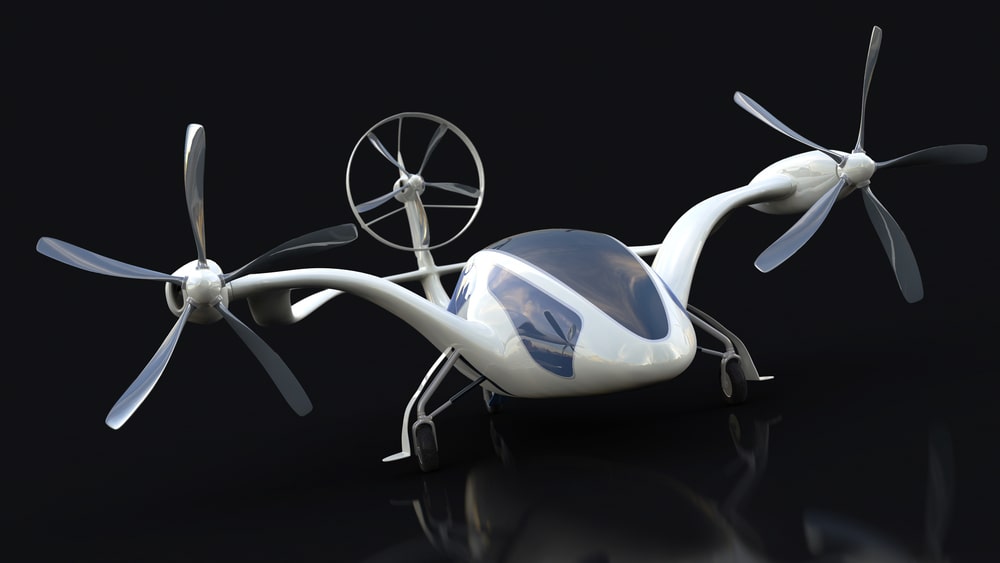The aviation world is no stranger to innovation, but few developments have sparked as much excitement—and skepticism—as the rise of eVTOLs, or electric vertical takeoff and landing aircraft. Once confined to science fiction, flying cars are now inching closer to reality, promising quieter, cleaner, and more versatile modes of air travel.
But the question lingers: Will eVTOLs eventually replace traditional aircraft, or are they just a supplement to the skies we already know?
What Are eVTOLs, Really?
eVTOLs use electric propulsion to take off, hover, and land vertically—much like helicopters. However, unlike helicopters, eVTOLs are being designed for efficiency, lower noise levels, and urban air mobility. Companies like Joby Aviation, Archer, and Lilium are leading the charge, with prototypes already completing test flights and catching the eye of investors and regulators alike.
These futuristic aircraft are expected to carry 2 to 6 passengers over short to mid-range distances—perfect for congested cities or remote areas with poor infrastructure.
Will They Replace Traditional Aircraft?

While eVTOLs open up exciting possibilities, they won’t be replacing commercial jets or traditional general aviation planes anytime soon. They are better seen as an addition to the airspace, solving specific problems such as last-mile urban transportation, emergency medical delivery, or VIP shuttling.
For student pilots and aviation pros, this doesn’t mean traditional flight training is obsolete. If anything, the emergence of eVTOLs expands career paths and creates new areas of expertise in electric propulsion, battery technology, and urban flight navigation.
What About Regulatory and Safety Concerns?
eVTOLs still face numerous regulatory hurdles. Airspace integration, noise control, battery reliability, and pilot certification standards are all in flux. While the FAA and EASA are actively developing frameworks, widespread adoption will take time—and a lot of trust-building with the public.
However, one thing is clear: the industry is evolving fast, and pilots today may very well fly these aircraft in the near future.
Aviation’s Future—And a Nod to Its Past

As we look to the future of flight with eVTOLs and autonomous technology, it’s important to remember how far we’ve come. Aviation enthusiasts often turn to plane modeling to preserve and celebrate the legacy of aircraft that defined each era—from the Wright Flyer to the Concorde.
Companies like Modelworks Direct continue to craft stunning customized wooden airplane models that bring history to life. In a world headed toward futuristic air taxis, these detailed models are a tangible reminder of the craftsmanship and innovation that got us here.
Final Thoughts
eVTOLs are no longer just hype—they’re taking off, literally. But for now, they are more likely to complement traditional aircraft rather than replace them. Whether you’re a student pilot logging hours or a seasoned flyer watching the skies evolve, the future of aviation has never been more exciting—or more electric.


